| Trukmė | 5 dienos |
|---|---|
| Kalba | lietuvių |
| Miestas | Vilnius |
This course provides administrators with the knowledge and skills necessary to deploy and manage Windows 10 desktops, devices, and applications in an enterprise environment. Students learn how to plan and implement Windows 10 deployments in large organizations. Students also learn how to manage the Windows 10 installations after deployment to provide secure identity and data access using technologies related to Group Policy, Remote Access, and device registration. To support a variety of device and data management solutions, Microsoft Azure Active Directory, Microsoft Intune, and Microsoft Azure Rights Management are introduced. These services are part of the Enterprise Mobility Suite, which provides identity and access management, and cloud-based device, application, and update management. In addition, Enterprise Mobility Suite offers more secure data access to information stored both in the cloud and on location within corporate networks.
Kursas skirtas
This course is intended for IT professionals who are interested in specializing in Windows 10 desktop and application deployments, and in managing cloud-based application and data service environments for medium-to-large enterprise organizations. These professionals typically work with networks that are configured as Windows Server domain-based environments with managed access to the Internet and cloud services. This course also is intended to provide skills for individuals who seek to pass the 70-697 Configuring Windows Devices exam.
Kurso nauda
After completing this course, students will be able to:
- Describe the challenges and solutions for desktop and device management in an enterprise environment.
- Deploy Windows 10 Enterprise desktops.
- Manage user profiles and user state virtualization.
- Manage desktop and application settings by using Group Policy.
- Manage Windows 10 sign-in and identity.
- Manage data access for Windows-based devices.
- Manage remote access solutions.
- Manage Windows 10 devices by using enterprise mobility solutions.
- Manage desktop and mobile clients by using Intune.
- Manage updates and Endpoint Protection by using Intune.
- Manage application and resource access by using Intune.
- Configure and manage client Hyper-V.
Kurso turinys
- Managing Desktops and Devices in an Enterprise Environment
- Deploying Windows 10 Enterprise Desktops
- Managing User Profiles and User State Virtualization
- Managing Windows 10 Sign-In and Identity
- Managing Desktop and Application Settings by Using Group Policy
- Managing Data Access for Windows-based Devices
- Managing Remote Access Solutions
- Configuring and Managing Client Hyper-V
- Managing Windows 10 Devices Using Enterprise Mobility Solutions
- Managing Desktop and Mobile Clients Using Microsoft Intune
- Managing Updates and Endpoint Protection Using Microsoft Intune
- Application and Resource Access Using Microsoft Intune
- Module 1: Managing Desktops and Devices in an Enterprise Environment
- Managing Windows 10 in the Enterprise
- Managing a Mobile Workforce
- Supporting Devices in the Enterprise
- Extending IT Management and Services to the Cloud
- Lab : Planning for Windows 10 and Device Management in the Enterprise
- Reading the Scenario
- Answering the Questions
- Module 2: Deploying Windows 10 Enterprise Desktops
- Overview of Windows 10 Enterprise Deployment
- Customizing Enterprise Desktop Deployments
- Deploying Windows 10 by Using the Microsoft Deployment Toolkit
- Maintaining a Windows 10 Installation
- Managing Volume License Activation for Windows 10
- Lab : Building a Reference Image by Using WADK Tools
- Configuring Custom Windows PE Boot Media
- Modifying a Custom Answer File by Using Windows SIM
- Installing a Reference Computer by Using an Answer File
- Preparing a Reference Computer by Using Sysprep
- Capturing a Reference Computer
- Lab : Using MDT to Deploy Windows 10 Desktops
- Creating and Configuring the MDT Deployment Share
- Creating a Task Sequence
- Deploying a Windows 10 Image by Using MDT
- Lab : Maintaining a Windows 10 Installation using Windows ICD
- Creating and Configuring a Windows ICD Provisioning Package
- Module 3: Managing User Profiles and User State Virtualization
- Managing User Profile and User State
- Implementing User State Virtualization by Using Group Policy
- Configuring User Experience Virtualization
- Managing User State Migration
- Lab : Configuring User Profiles and User State Virtualization
- Configuring Roaming User Profiles and Folder Redirection
- Implementing and Configuring UE-V
- Lab : Migrating User State by Using USMT
- Creating and Customizing USMT XML Files
- Capturing and Restoring User State to a Target Computer
- Module 4: Managing Windows 10 Sign-In and Identity
- Overview of Enterprise Identity
- Planning for Cloud Identity Integration
- Lab : Integrating a Microsoft Account with a Domain Account
- Signing up for a Trial Microsoft Account
- Connecting a Microsoft Account to a Domain Account
- Lab : Joining Windows 10 to Azure Active Directory
- Signing Up for an Azure Active Directory Trial Subscription
- Joining Windows 10 to Azure Active Directory
- Module 5: Managing Desktop and Application Settings by Using Group Policy
- Managing Group Policy Objects
- Configuring Enterprise Desktops Using Group Policy
- Overview of Group Policy Preferences
- Lab : Configuring Group Policy Objects and Settings
- Managing Windows 10 by Using Group Policy
- Lab : Using Group Policy Preferences to Manage Desktop Settings
- Configuring Group Policy Preferences to Apply Drive and Printer Mapping
- Module 6: Managing Data Access for Windows-based Devices
- Overview of Data Access Solutions
- Implementing Device Registration
- Implementing Work Folders
- Managing Online Data Using Cloud-Based Storage Solutions
- Lab : Configuring Data Access for Non-Domain Joined Devices
- Implementing Device Registration
- Configuring Work Folders
- Lab : Managing Data Access Using OneDrive
- Configuring OneDrive
- Module 7: Managing Remote Access Solutions
- Overview of Remote Access Solutions
- Configuring VPN Access to Remote Networks
- Using DirectAccess with Windows 10
- Supporting RemoteApp
- Lab : Implementing DirectAccess
- Configuring the DirectAccess Server
- Configuring the DirectAccess Clients
- Validating Remote Connectivity
- Lab : Configuring Azure RemoteApp
- Creating a RemoteApp Collection
- Publishing an Application Using Azure RemoteApp
- Validating Remote Connectivity
- Module 8: Configuring and Managing Client Hyper-V
- Installing and Configuring Client Hyper-V
- Configuring Virtual Switches
- Creating and Managing Virtual Hard Disks
- Creating and Managing Virtual Machines
- Lab : Configuring Virtual Machines by Using Client Hyper-V
- Installing Client Hyper-V
- Creating a virtual machine
- Module 9: Managing Windows 10 Devices Using Enterprise Mobility Solutions
- Overview of the Enterprise Mobility Suite
- Overview of Azure Active Directory Premium
- Overview of Azure Rights Management
- Overview of Microsoft Intune
- Lab : Implementing a Microsoft Intune Subscription
- Signing Up for a Microsoft Intune Trial Subscription
- Adding Microsoft Intune Users
- Module 10: Managing Desktop and Mobile Clients Using Microsoft Intune
- Deploying the Intune Client Software
- Overview of Microsoft Intune Policies
- Mobile Device Management Using Intune
- Lab : Installing the Intune Client Software and Configuring Policies
- Installing the Intune Client Software
- Creating Intune Policies
- Lab : Managing Mobile Devices Using Microsoft Intune
- Configuring and Enrolling Mobile Devices into Microsoft Intune
- Module 11: Managing Updates and Endpoint Protection Using Microsoft Intune
- Managing Updates Using Microsoft Intune
- Managing Endpoint Protection
- Lab : Managing Updates and Endpoint Protection Using Microsoft Intune
- Configuring Updates in Microsoft Intune
- Configuring Endpoint Protection in Microsoft Intune
- Module 12: Application and Resource Access Using Microsoft Intune
- Overview of Application Management Using Intune
- The Application Deployment Process
- Controlling Access to Company Resources
- Lab : Deploying Applications by Using Microsoft Intune
- Uploading an Application to Microsoft Intune
- Deploying an Application to Managed Clients
- Lab : Managing Resource Access by Using Microsoft Intune
- Configuring Profile Deployment
- Configuring Conditional Access Policies
Students should have at least two years of experience in the IT field and should already have the following technical knowledge:
- Networking fundamentals, including Transmission Control Protocol /Internet Protocol (TCP/IP), User Datagram Protocol (UDP), and Domain Name System (DNS)
- Microsoft Active Directory Domain Services (AD DS) principles
- Windows Server 2012 R2 fundamentals
- Microsoft Windows Client essentials; for example, working knowledge of Windows 7 and/or Windows 8.1
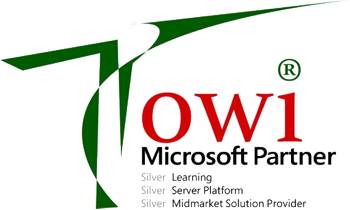













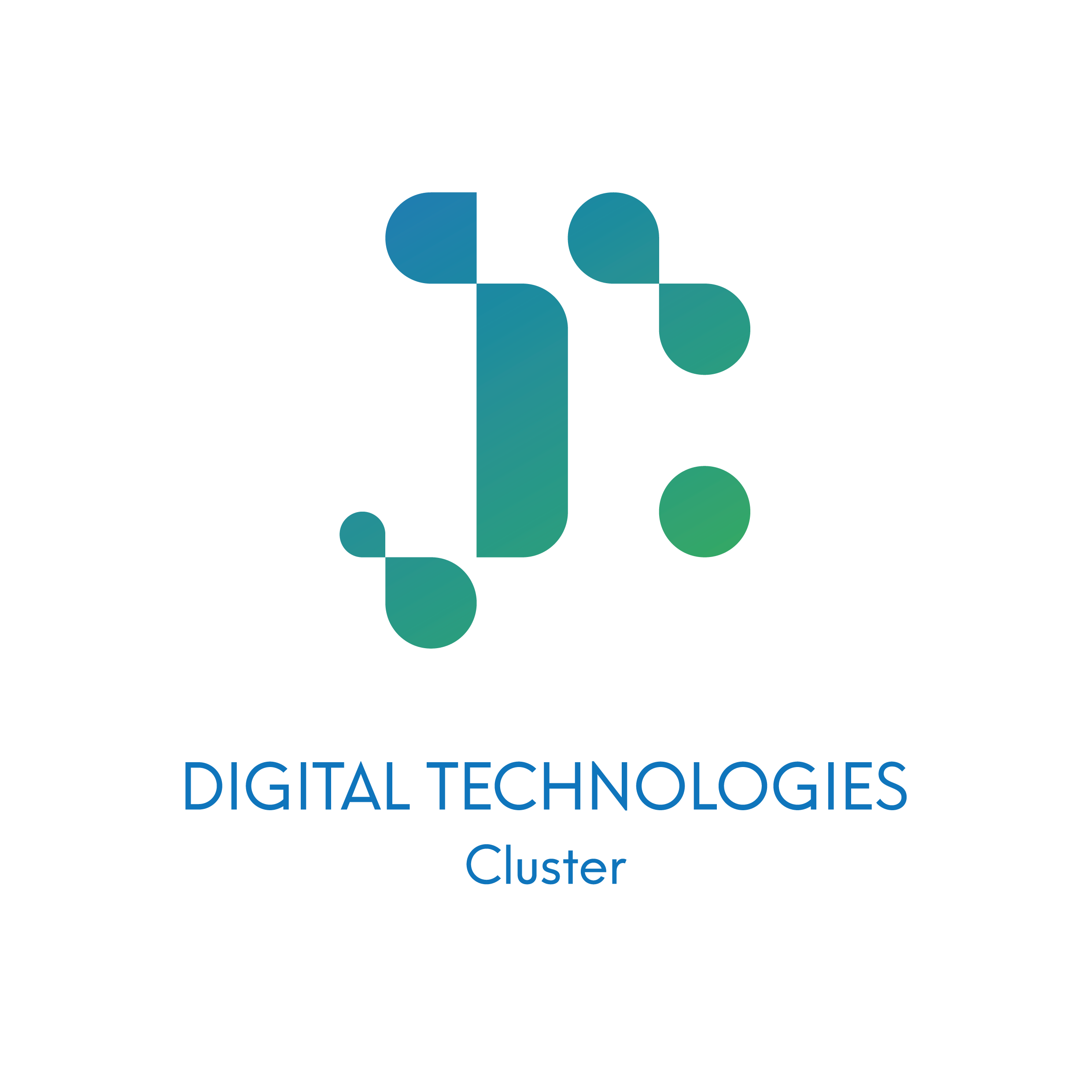


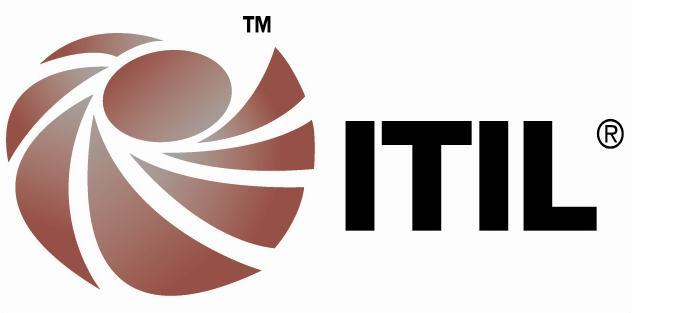
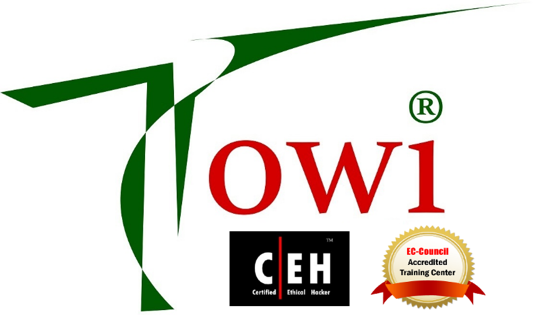
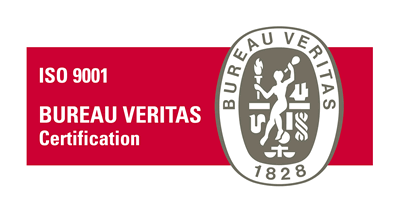
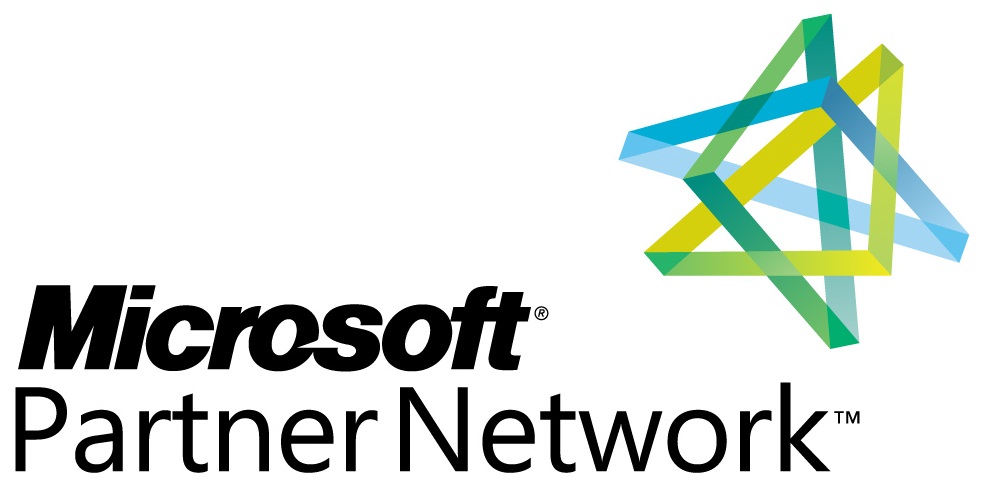


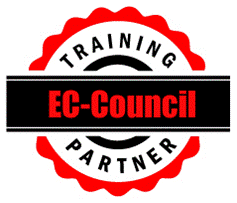
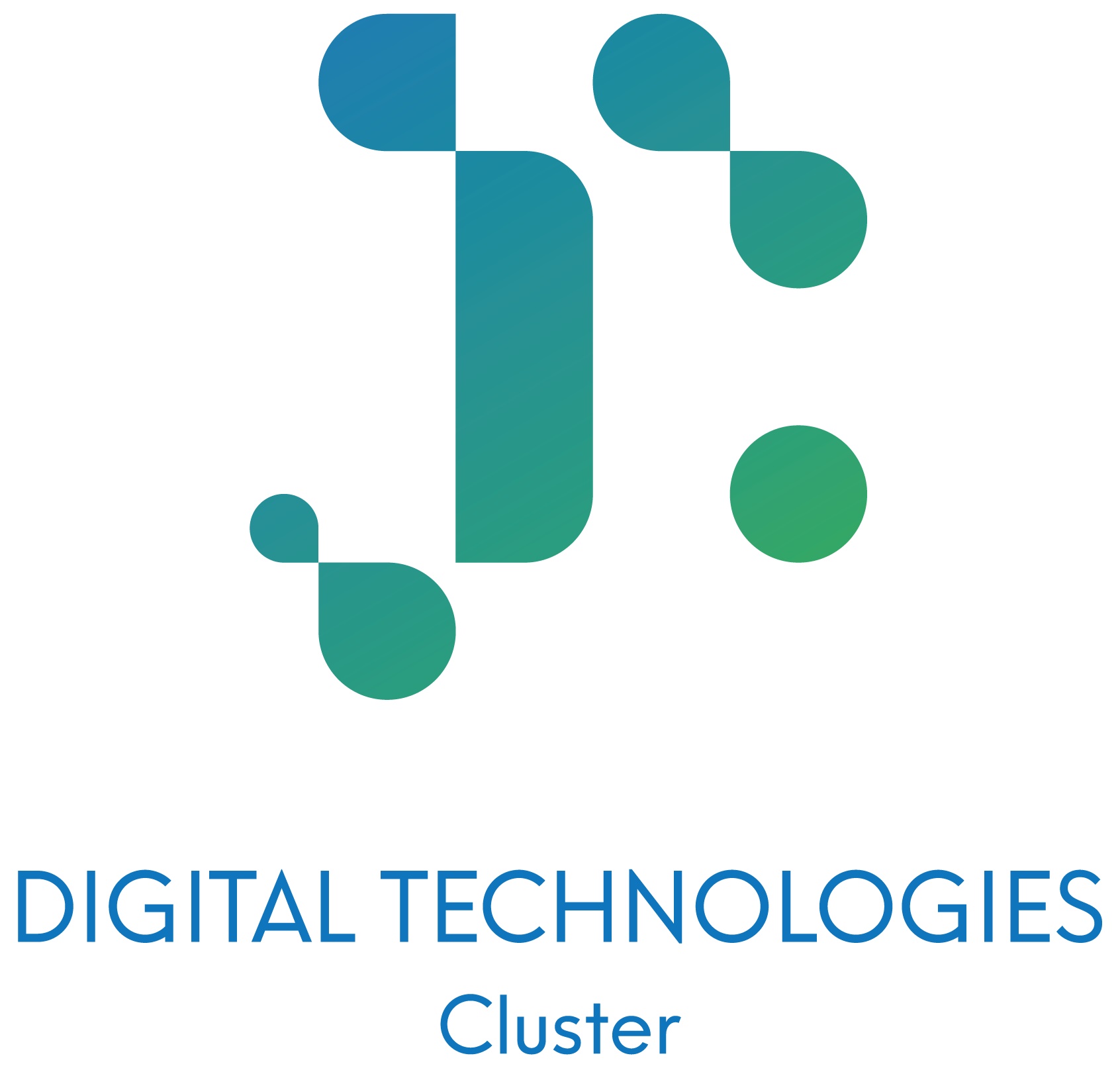

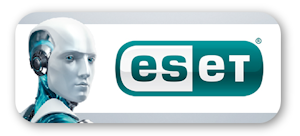

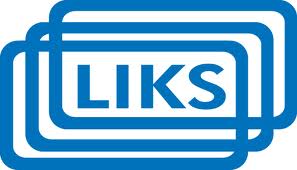


- Sekite MUS
- Sekite MUS
- Sekite MUS
`Bendraukime
Parašyk mums